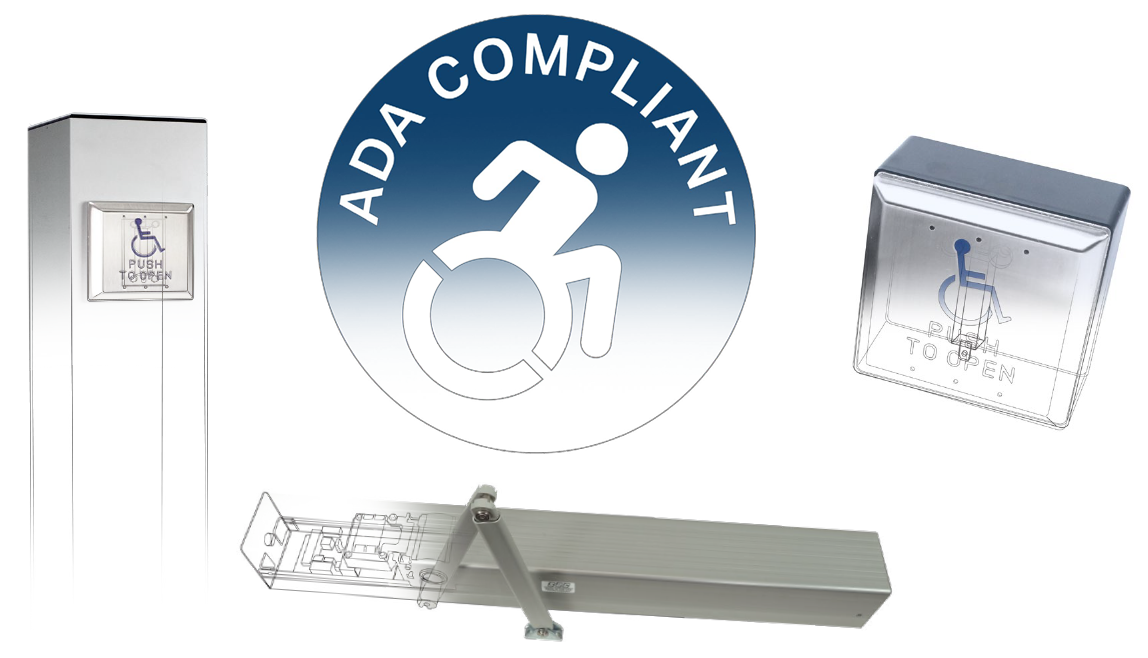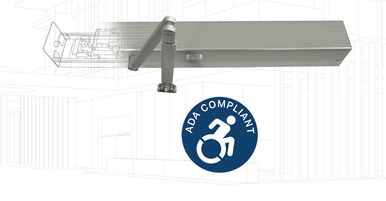 Discover time-tested disability solutions that are fulfilling ADA compliance and unlocking access for individuals with disabilities. From electrified hardware to hands-free assistive technologies, this blog post explores the industry-leading solutions that are transforming accessibility.
Discover time-tested disability solutions that are fulfilling ADA compliance and unlocking access for individuals with disabilities. From electrified hardware to hands-free assistive technologies, this blog post explores the industry-leading solutions that are transforming accessibility.
Empowering Independence: The Role of Electrified Hardware in ADA Compliance
Electrified hardware plays a crucial role in ensuring ADA compliance and empowering independence for individuals with disabilities. By incorporating electrified hardware into accessible infrastructure, it becomes easier for people with disabilities to navigate and access various facilities. Examples of electrified hardware solutions include automatic doors with motion sensors, electronic locks with keyless entry systems, and power-operated door openers.
 These solutions eliminate the need for physical exertion or manual operation, allowing individuals with disabilities to open doors, enter buildings, and access different areas without any obstacles. Electrified hardware provides a convenient and efficient way for people with disabilities to move freely and independently, promoting inclusivity and accessibility in public spaces.
These solutions eliminate the need for physical exertion or manual operation, allowing individuals with disabilities to open doors, enter buildings, and access different areas without any obstacles. Electrified hardware provides a convenient and efficient way for people with disabilities to move freely and independently, promoting inclusivity and accessibility in public spaces.
When incorporating universal design principles into ADA compliance requirements, we can ensure that accessibility is integrated from the outset, rather than being an afterthought. This approach promotes inclusivity and eliminates barriers for individuals with disabilities.
Some key universal design principles include:
- Flexibility: Designing spaces and products that can accommodate various user preferences and abilities.
- Simple and Intuitive Use: Ensuring that products and systems are easy to understand and operate, without the need for complex instructions or assistance.
- Perceptible Information: Providing information and feedback through multiple sensory channels, such as visual, auditory, and tactile cues.
- Tolerance for Error: Designing products and systems that can withstand user errors or variations in use, minimizing the impact of mistakes or accidents.
By embracing these universal design principles, we can create inclusive environments that cater to the needs of individuals with disabilities, promoting equal access and participation for all.
In conclusion, door accessibility solutions are crucial for ADA compliance and ensuring that individuals with disabilities can navigate the physical realm without barriers. By implementing these solutions, we can create inclusive environments that promote independence and accessibility.


